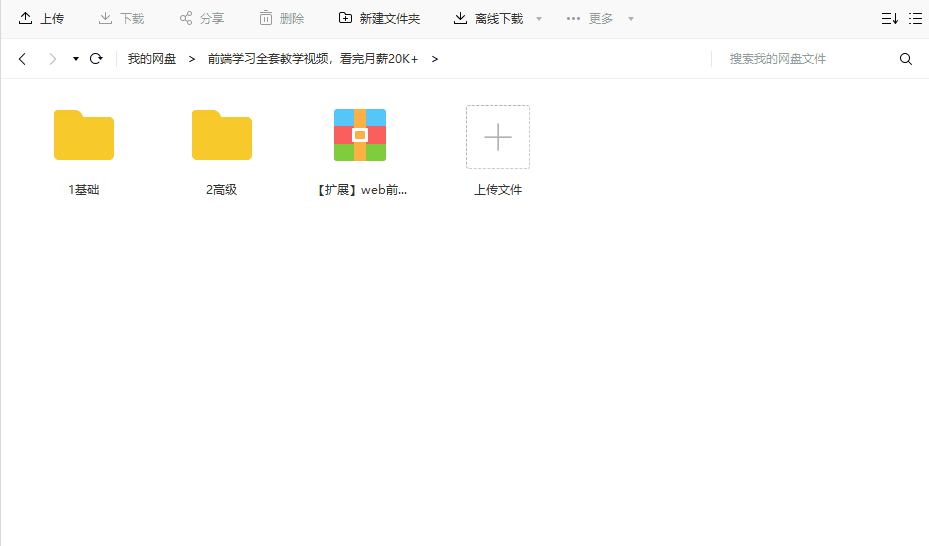之前写过一篇《ajax、axios、fetch之间的详细区别以及优缺点》 戳这里
1.封装 (http.js)
class Ajax {
get(url) {
return new Promise((resolve, reject) => {
fetch(url)
.then(res => res.json())
.then(data => resolve(data))
.catch(err => reject(err))
})
}
// post方式
post(url, data) {
return new Promise((resolve, reject) => {
fetch(url, {
method: 'POST',
headers: {
'Content-type': 'application/json'
},
body: JSON.stringify(data)
})
.then(res => res.json())
.then(data => resolve(data))
.catch(err => reject(err))
})
}
//put 修改
put(url, data) {
return new Promise((resolve, reject) => {
fetch(url, {
method: 'PUT',
headers: {
'Content-type': 'application/json'
},
body: JSON.stringify(data)
})
.then(res => res.json())
.then(data => resolve(data))
.catch(err => reject(err))
})
}
//delete
delete(url, data) {
return new Promise((resolve, reject) => {
fetch(url, {
method: 'DELETE',
headers: {
'Content-type': 'application/json'
},
body: JSON.stringify(data)
})
.then(res => res.json())
.then(data => resolve('数据删除成功!'))
.catch(err => reject(err))
})
}
}
export default new Ajax();//ES6导出2.调用
import http from "./http.js"//引入方式 这里用的是ES6的方法,需要babel配合webpack打包
//普通引入使用src引入之后 const http = new Ajax(); 即可
// get请求数据
http.get('http://jsonplaceholder.typicode.com/users')
.then((data) => {
console.log(data)
})
.catch(err => console.log(err))
// post传输数据
const data = {
name: 'candy',
username: 'candy',
email: 'htmlcs@163.com'
};
//post user
http.post('http://jsonplaceholder.typicode.com/users', data)
.then(data => console.log(data))
.catch(err => console.log(err))
// update user ,修改后会发现修改后ID为2的数据会变成上页面定义的data
http.put('http://jsonplaceholder.typicode.com/users/2', data)
.then(data => console.log(data))
.catch(err => console.log(err))
//delete user 删除下标为2里的数据
http.delete('http://jsonplaceholder.typicode.com/users/2', data)
.then(data => console.log(data))
.catch(err => console.log(err)) 这里有324.57GB的修仙资料。嘿嘿嘿你懂得。/手动狗头
那么问题来了,如果你也想入坑前端或者学习更多技术,广交天下朋友(基友),认识更多有趣的灵魂的话,欢迎加入前端交流群鸭~
扫二维码加为好友就完事了!安排~